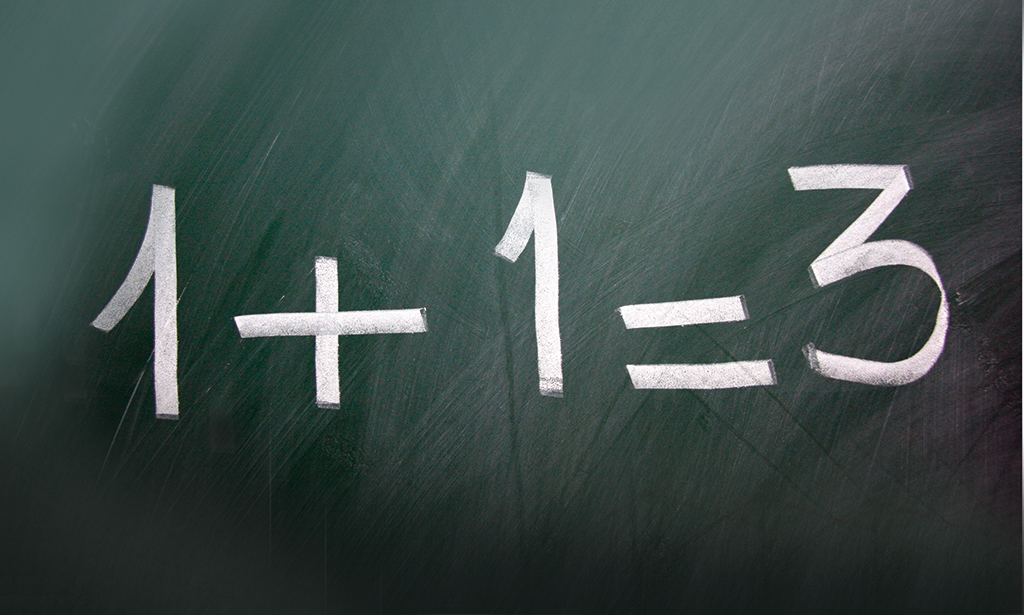
Dr Chris Pamplin looks at some common mathematical errors that have led courts astray, and how to avoid them
The first part of this short series looked at Math on Trial (Schneps, L & Colmez, C, 2013, Basic Books), an excellent book that catalogues the use—or perhaps that should be misuse—of mathematics in the courtroom (see “Math on trial (Pt 1)”, NLJ, 5 June 2015, p 19). While the publication is well worth reading in its entirety, the purpose here is to summarise the ten common mathematical errors the authors distil from the legal casebook. Last time we looked at:
- Multiplying non-independent probabilities.
- Making unjustified estimates.
- Getting something from nothing.
- The value in re-running experiments.
- The birthday problem.
As the authors say, “despite their ubiquity…most of these fallacies are easy to spot”. This two-part series offers your very own fallacy-spotting crib sheet.
Error no 6: Simson’s paradox
Simson’s Paradox arises when a trend disappears (or reverses) when the groups showing the trend are combined. The classic legal case demonstrating the point is the University of California, Berkeley sex discrimination











